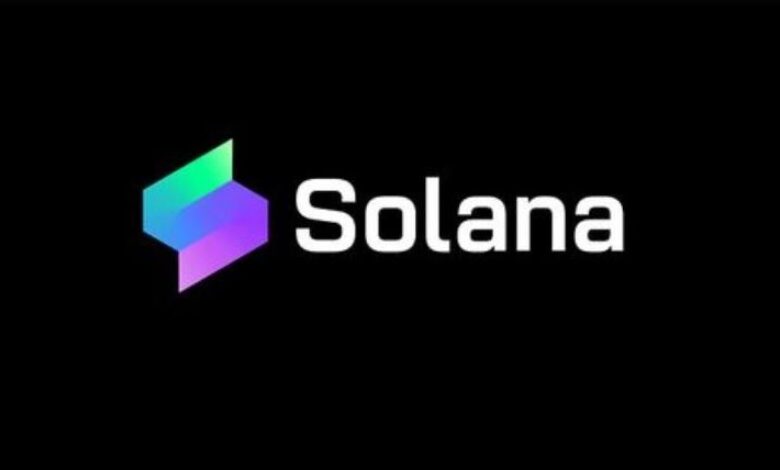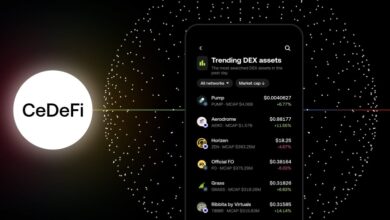Fewer Attacks, Bigger Stacks: Solana Finds Its Groove

Solana continues to gain traction as a serious contender in the digital asset space, with notable advances in institutional adoption and network-level security.
Two developments last week highlight how the blockchain is evolving beyond speed into stability and strategic relevance.
Publicly listed firm Upexi is set to raise $200 million to boost its Solana treasury, while new data reveals that sandwich attacks, once a key criticism of Solana’s architecture, have significantly declined thanks to improvements in transaction delivery.
Upexi Builds a Massive SOL Position
Upexi, a consumer-focused firm with an emerging crypto treasury arm, announced on Friday that it is raising $200 million through a combination of convertible notes and equity financing. The deal includes a $150 million note offering led by Big Brain Holdings, as well as a $50 million private placement. Proceeds will go directly toward acquiring more SOL and supporting business operations.
Following this raise, Upexi expects to hold around 1.65 million SOL, currently valued at approximately $270 million, making it the largest Solana treasury among publicly traded companies. The firm had previously raised $100 million in April, which triggered a sharp spike in its share price.
This latest round is less volatile but still impactful, shares of UPXI closed up nearly 8% on the day of the announcement. Year-to-date, the company’s stock is up over 50%, even after a pullback from its post-April highs.
Technical Improvements Cut Down on Sandwich Attacks
Meanwhile, on the protocol level, Solana is seeing progress in user protection. Sandwich attacks, which involve frontrunning and backrunning trades to extract profit from unsuspecting users, have long been a point of concern, especially given Solana’s fast throughput and open mempool design.
But according to Anza economist Max Resnick, the frequency and profitability of these attacks have dropped notably over the past year. Resnick credits these gains to technical refinements in how transactions are routed, limiting how many validators can access pending orders and therefore reducing exploitation windows.
In 2024, validators would often see wide transaction broadcasts, giving malicious actors more opportunities. Now, targeted delivery has improved, and the percentage of transactions any one validator sees is better aligned with its stake, effectively cutting off much of the frontrunning potential.
Supporting this, on-chain analytics from Ghost show that sandwich attack profits have fallen year-over-year, even during periods of high network activity. Additionally, staking providers like Marinade have introduced internal penalties to discourage validators who engage in exploitative behavior.
Solana’s Shift Toward Institutional Readiness
The combination of increased institutional exposure and improved protocol safeguards suggests that Solana is entering a new phase. With firms like Upexi doubling down on SOL, and the ecosystem actively addressing long-standing vulnerabilities, the chain is becoming more attractive to long-term investors.
These developments align with Solana’s broader push to position itself as more than just a high-speed network, but as a secure, scalable foundation for the future of finance.
If this trajectory continues, Solana’s reputation as a speculative playground may give way to one of resilient infrastructure and growing credibility.





